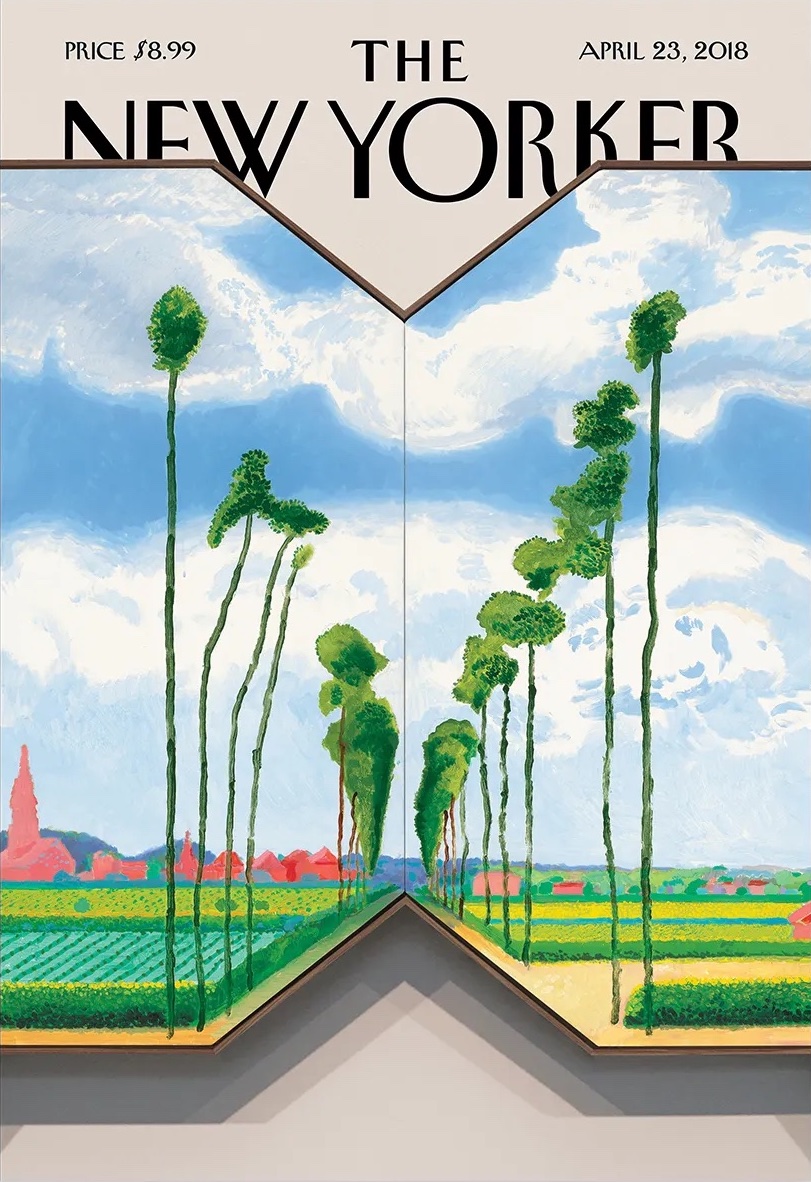The Ecology in Ekphrasis
Defined in Oxford as “the rhetorical description of a work of art,” ekphrasis understands that a poem about visual art can highlight a painting, sculpture, or film’s most dynamic qualities, inviting new curiosity, interpretation, and knowledge (however fleeting, or “flowing, and flown,” as Elizabeth Bishop writes in “At the Fishhouses”) into our experience of visual art. Invitational and additive, ekphrastic poetry moves through and beyond description to serenade, sting, or startle us. Otherwise, we’d just call it description.
Readers and writers of ecological poetry long ago abandoned the notion that representation alone equates to an ecological engagement with the natural world. This line of thinking draws ecopoetry and ekphrastic poetry into an agreement: description is valuable if it’s rhetorical. Rhetorical is another way of saying persuasive, or moving, but it is not another way of saying pedantic. Bishop needed to write 82 lines to earn her ending line in “At the Fishhouses,” a poem that I think of as an eco-ekphrastic, demonstrating how intimacy with the silvery, glittery, sequined shoreline can come about through acts that include careful attention or clumsy attempts to speak to seals, and how those acts feel uncomfortable, foreclosed, or fraught. Night falls over the course of the poem, and I imagine that the speaker will never return to that place that the darkness enshrouds. The poem ends on a note of goodnight and goodbye.
It’s easy to read poems that describe ecosystems—like “At the Fishhouses”—and conclude that they’re ecopoetic. What if they’re ekphrastic too? What would an eco-ekphrastic poetry do? According to The Princeton Encyclopedia of Poetry and Poetics, ekphrasis can also respond to buildings, surroundings, and landscapes, a tradition that’s classified as the “depiction of a lovely spot” and includes the description of Calypso’s island, suffused with the “scent of citrus and of brittle pine” in Emily Wilson’s translation of The Odyssey. The description of Calpyso’s island paradise shows readers what Odysseus forsakes by leaving after staying there for seven years: he’s not only giving up a beautiful place to return home to rocky Ithaca, he’s also giving up on Calypso’s offer of everlasting sex and immortality. Later in The Odyssey, there’s a similarly paradisiac description of Alcinous’s kingdom, another place where Odysseus could choose to stay, marry the king’s daughter Nausicaa, and live happily ever after, but Odysseus leaves it, too. Saying goodbye to fantasy versions of the natural world (and the human lives therein that they promise on bad faith) is heroic in The Odyssey, and it might be heroic, by which I mean ethical, in ecopoetry too.
Back in its Greek roots, ek means out, and phrazein means tell. If we’re reading etymologically, Danielle Dutton argues, then ekphrasis “seems to encourage the possibility for ecstatic utterance, for speaking outside the self.” How far away is “speaking outside the self” from the self speaking outside? Not very. What if an eco-ekphrastic poetry could both evoke and puncture the artifice of our most beloved landscapes, to express what it feels like to confront their precarity and loss?
*
For further reading:
Elizabeth Bishop, “At the Fishhouses”
Danielle Dutton, A Picture Held Us Captive
Homer, The Odyssey, translated by Emily Wilson
Tracy K. Smith, “Hill Country”




